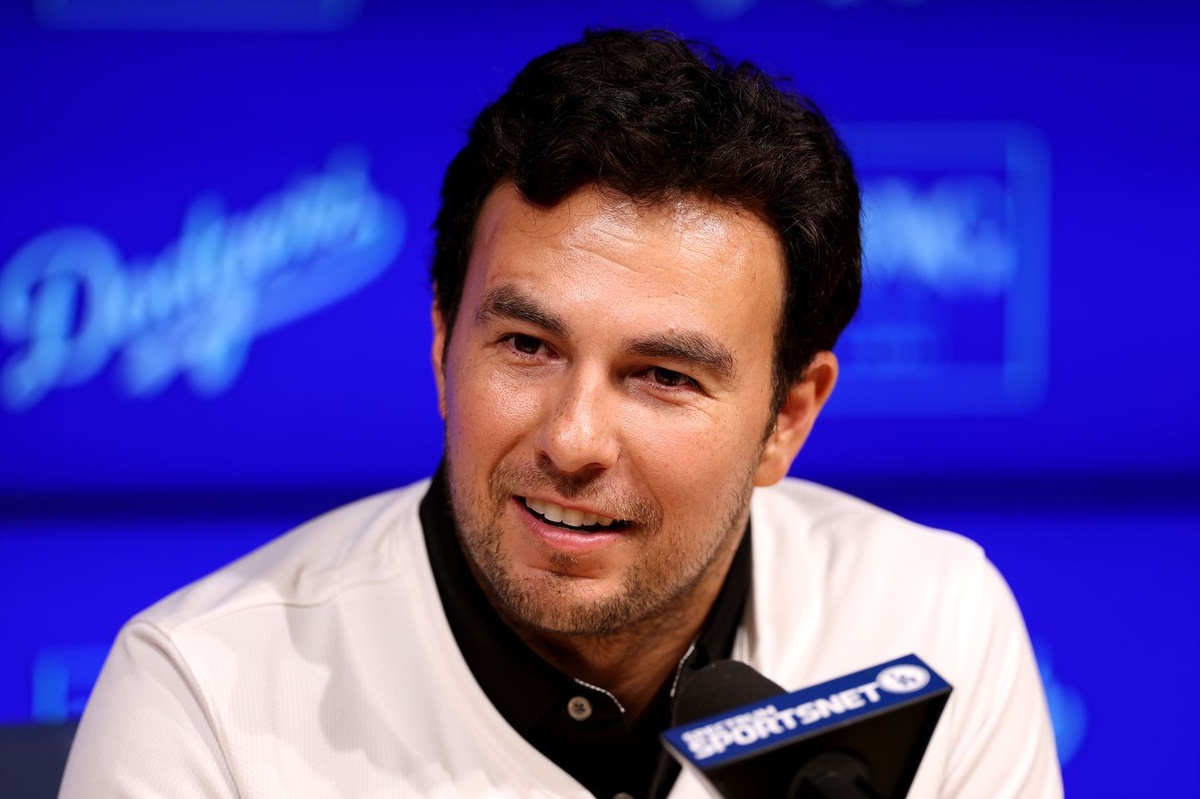Pirelli’s controversial C6 Formula 1 tyre, once set to make an appearance this season, has been scrapped following criticisms from Red Bull‘s Max Verstappen. Initially anticipated for races in Singapore and Las Vegas, the ultra-soft compound has faced scrutiny for failing to fulfill its performance objectives, leading to its omission for the remainder of the year.
### Why Pirelli is Already Acting on Verstappen’s Feedback
Verstappen’s recent remarks about the ineffectiveness of the C6 highlight a broader issue in Formula 1’s strategy concerning tyre performance and race dynamics. His concerns came to light after a lackluster qualifying session during the Azerbaijan GP, prompting discussion about the C6’s viability and Pirelli’s approach moving forward.
### The C6’s Introduction and Its Immediate Fallout
When Pirelli announced the C6 tyre compound prior to the season’s start, expectations were high for a significant impact on race strategies. However, the situational reality proved otherwise. “You’re really better off leaving it at home,” Verstappen stated bluntly, reflecting widespread discontent among drivers regarding the tyre’s performance during the recent rounds.
Despite good intentions aimed at enhancing strategic variety, the C6 proved too soft for effective use, creating challenges even in qualifying. The complexities of its deployment raised questions about managing race strategies effectively, with some teams opting for the C5 compound instead, amplifying strategic complications.
### Issues with Soft Tyres in Formula 1
#### The Myth of Softer Equals Better Racing
Many fans argue that softer tyres will yield more exciting racing, yet the C6 has illustrated the flaws in this assumption. While the intent was to encourage more pit stops and complex strategies, in practice, the over-soft nature of the tyre made it difficult for drivers to manage. Teams found that the C6 did not provide the expected performance advantage over the hardier C5, leading to a lack of viability in race situations.
#### Track-Specific Challenges and Thermal Degradation
Temperature and surface conditions play critical roles in tyre performance. Pirelli has improved thermal degradation characteristics this year, allowing for a plan to deploy softer tyres at specific venues. However, the anticipated multi-stop strategies failed to materialize under race conditions, as teams reverted to one-stop strategies to maintain track position.
### Future Plans for the C6
Pirelli remains committed to enhancing the C6 for the future. Motorsports director Mario Isola indicated, “For next year, we are working on a C6 with a significant performance gap to the C5.” Stakeholders within Formula 1 are eager to see how Pirelli adjusts its strategy and tyre compounds moving forward, especially following the disappointment with the C6.
### Conclusion: The Road Ahead for Pirelli and Formula 1
As teams continue to refine their strategies and adapt to ever-changing racing circumstances, the ultimate success of future tyre compounds, including a revised C6, will depend heavily on driver feedback and real-world performance. Pirelli now faces the challenge of revamping its offerings to not only meet the technical demands of the sport but also to align with the expectations of teams and fans alike. The future of race strategy in Formula 1 may well depend on how effectively Pirelli can bridge the gap in tyre performance.





